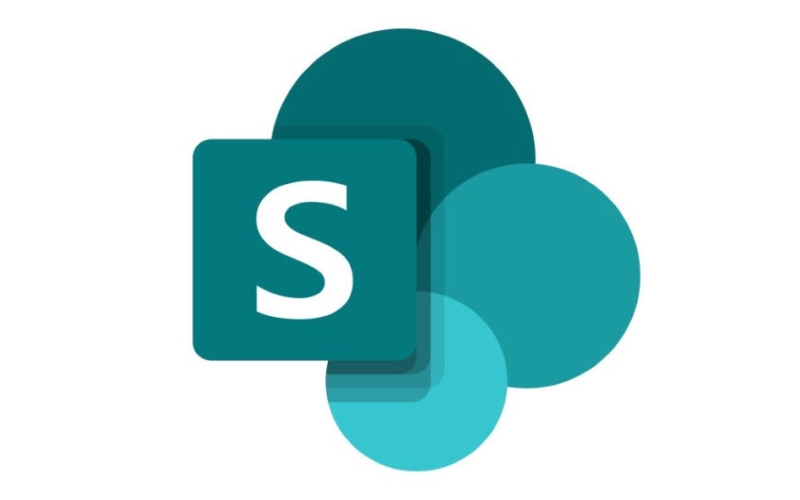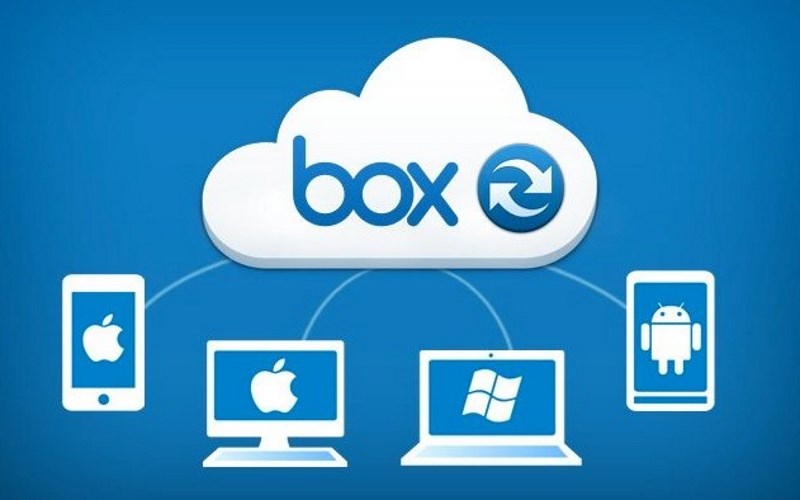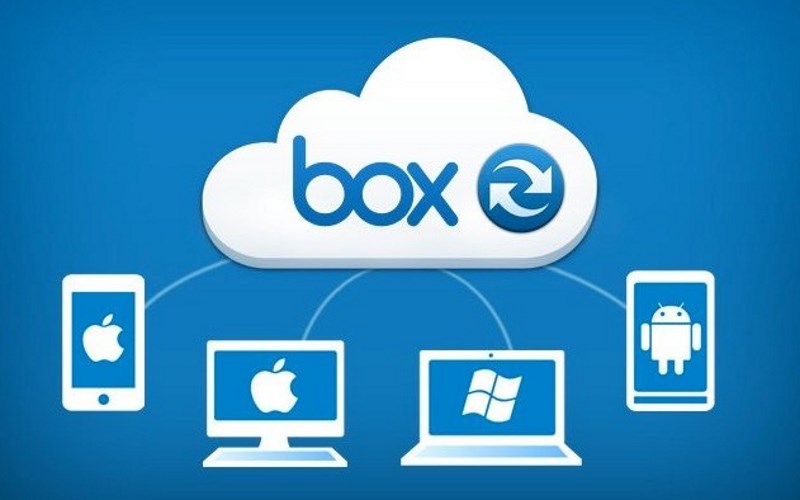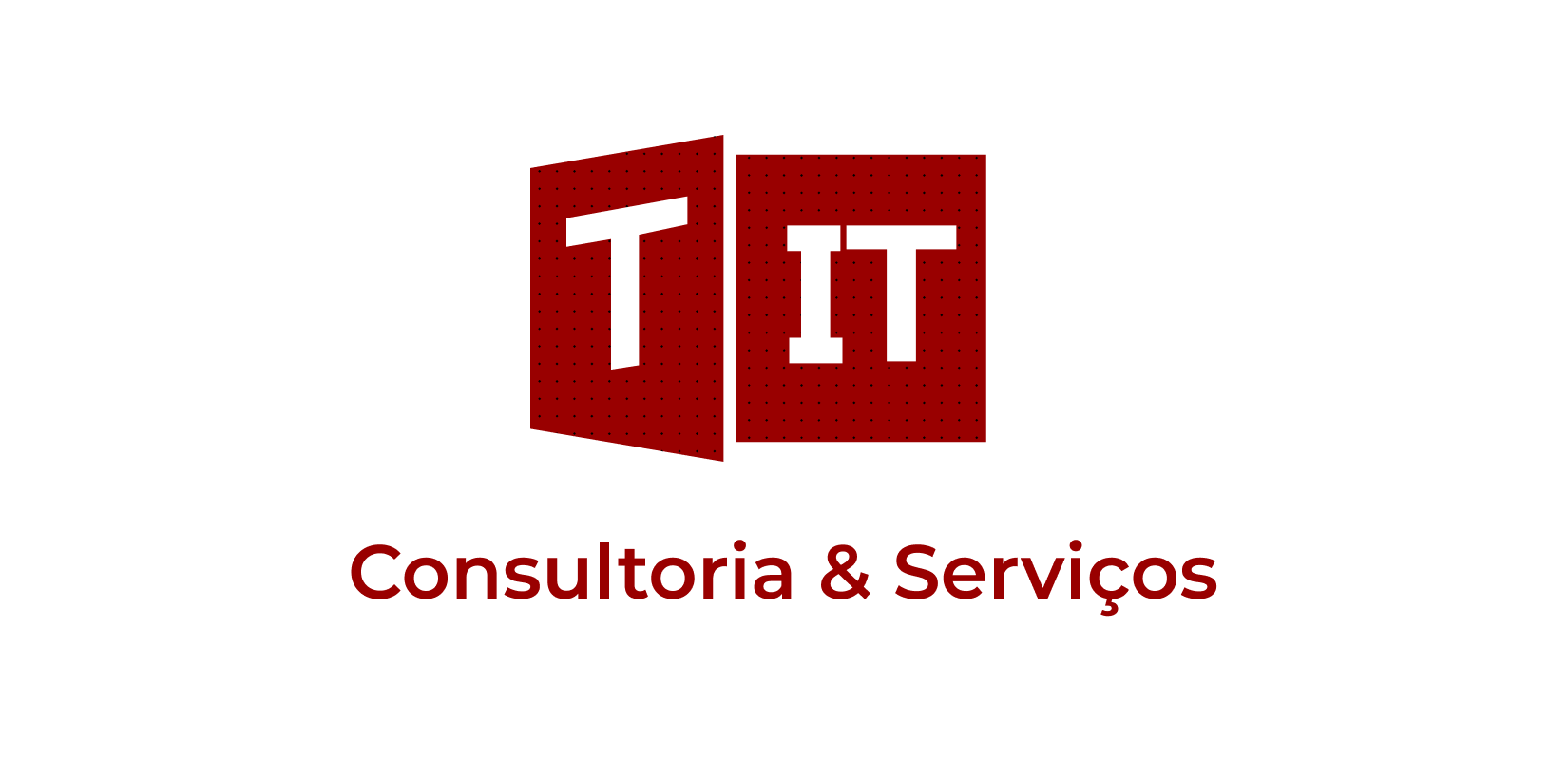Finding a reliable document management tool is a must for small businesses and professionals. It makes it easier to access essential documents and share them among other members of the organization. If you are looking for the best document management system on the market, you have come to the right place. You will discover the differences between Box and SharePoint, and essential information that will help you determine the right tool to use.
The best way to help you weigh up your options is to do a side-by-side comparison of each tool. This will help you fully understand which tool can meet your needs.
Introduction to Box
Box is a workplace solution that is available for businesses of all sizes and across various industries. In fact, this document management system is currently used by small to medium businesses and even global enterprises. This is the best example of the tool’s ability to deliver the solutions that businesses need, whether big or small.
It is ideal for user numbers ranging from 1 to 1,000. The starting price is $5 per month, but there is a free version, or you can enjoy a free trial. This is the best opportunity to test the features of Box to see if it is the right fit for your needs. The pricing model is based on the features, so you can add as few or as many features as you need to use.
Box extends the capabilities of an e-filling tool. It gives you the ability to upload and manage documents. At the same time, you can track workflows and automate tasks. A useful feature includes reminders to review documents right within the app itself. For the document owners, you can adjust permissions for the document giving full editing capabilities or the ability to download the document.
The different sharing permissions available on Box also increase the security of your documents. This will require the users to log in or verify their emails before they can access or share the documents.
Introduction to SharePoint

Just like Box, SharePoint is another document management system that can provide support for up to 1,000 users. It is a helpful tool for small to large businesses with its quick access to team sites, vast amount of resources, and organization portals.
It also has a starting price of $5 per month, but its pricing model will differ based on the number of users that are given access to this tool. Hence, you can choose the right package based on how many employees you have. But the main difference with Box is that this does not have a free trial or free version.
SharePoint markets itself as a tool for productivity. Hence, it goes beyond the traditional document managing features and it is designed for ease of use. It provides users the ability to co-author files and share them externally, or within members of your team. You can even do live editing of documents. The external sharing capabilities of documents boost the collaboration capabilities of the tool while giving you full control to ensure security and confidentiality of your documents.

Box vs SharePoint: Features
In terms of features, both Box and SharePoint offer an extensive array of capabilities for its users to maximize. These document management tools increase productivity for the users because of the ability to use these features according to business needs.
They are both robust in the features that are available, but SharePoint gets the upper hand because it is more features-rich. It also allows users more control in terms of how they use and manage their documents.
Box vs SharePoint: Ease of Use
The functionality of the tool is a crucial aspect when deciding if it is a good investment for businesses. Both of these tools are lauded for their ease of use, which enables users to maximize the features available. It is an important thing to consider since not all users are tech-savvy. You need to choose a tool that has a user-friendly setup and is efficient.
Box has a fairly intuitive system. It has a short learning curve and the system is easy to manage. You can easily access the toolbars that have a simple navigation system in place. Whether you need to upload documents, share files, or edit them online, this is easy to do from the dashboard.
Box is also designed to work with Office 365 and Google Docs. If you are familiar with both of these tools, then you won’t have any trouble using Box.
On the other hand, SharePoint is not as intuitive. It is designed with more tech-savvy users in mind. It is not as streamlined as Box is. Even if it has a more robust array of features, SharePoint takes some time to learn. Even the installation process can take some time. While it can take a while to become familiar with how it works, it organizes itself well.

Box vs SharePoint: Cost
The cost is a crucial factor to consider when choosing between Box and SharePoint as a business tool. It is a question of practicality: which tool is worth the investment?
Box easily stands out between the two options because it has a free version – an individual account. Obviously, the features of the free version are very limited: 10GB space and basic features.
The paid options are still affordable at a starting price of $5 a month (per user). It is a good starter option for small businesses with up to 10 users. The features are enhanced with a maximum storage capacity of 100GB.
There is also a Business plan, which costs per user. This one has unlimited storage capacity with more extensive features such as enhanced analytics and reporting. Additional user plans include Box Business Plus ($25 per month per user) and Box Enterprise ($35 per month per user). Thus, you can expand based on the features you want to enjoy and the amount of employees you have.
SharePoint is a bit pricier than Box. It also requires a subscription of Office 365. It has a starting price of $5 a month per user with a maximum of $20 per month per user. The advantage of SharePoint is that even the base plans provide you with a full TB of storage.
Box vs SharePoint: Conclusion
There are certain pros and cons for each tool. Box wins in terms of ease of use and flexibility of pricing options. But SharePoint clearly has an edge when it comes to the features and functionality. Make sure you consider these points to help you find the most suitable document management solutions that fit your business.














 Follow @cardiolog
Follow @cardiolog 